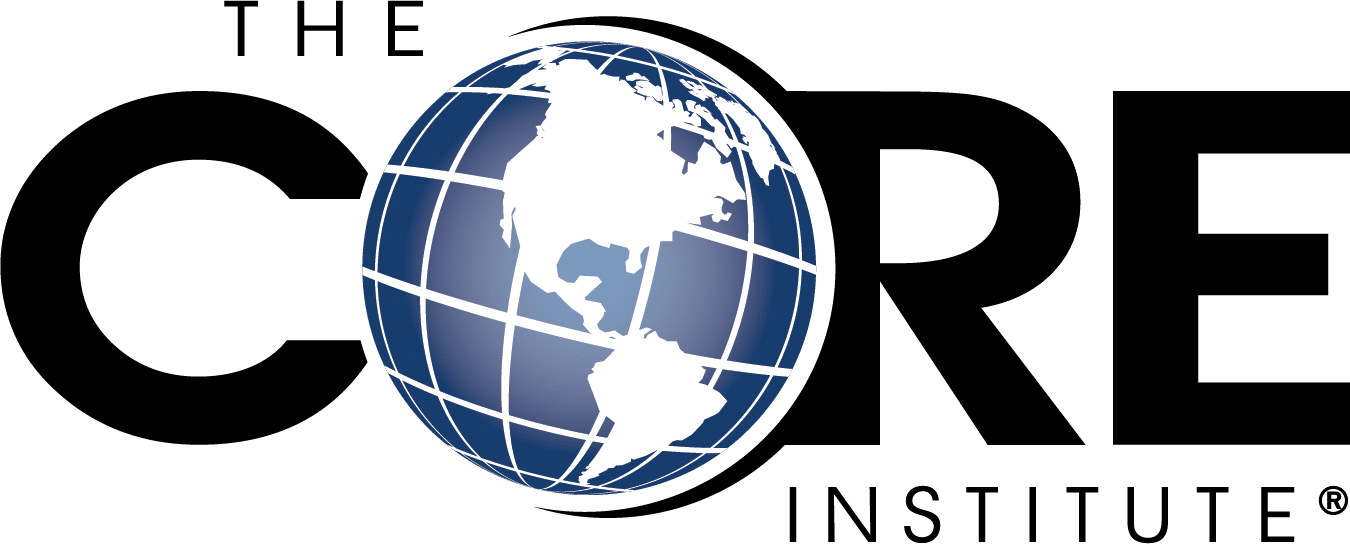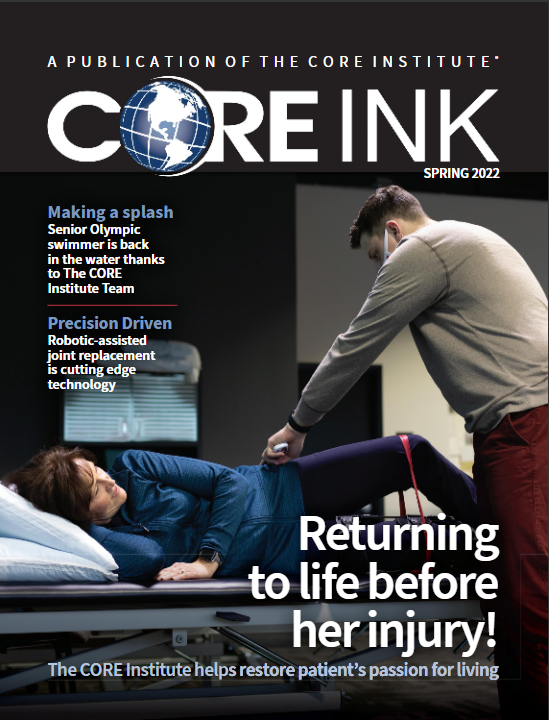For the first 42 years of Ioan Duca’s life, it would’ve been completely reasonable to believe his joints were made of a magical combination of springs and rubber.
When Duca needed to get from point A to point B, he didn’t walk. He’d hop. Flip. Jump. Leap. Bound. He was so active and full of energy, triathlons were just extended jogs to him. He’d completed four Ironman triathlons. That sound you heard when Lee Majors did something cool in The Six Million Dollar Man? It must be the sound Duca heard in his head all his life.
But then it happened. May 7, 2019. Duca was doing what he did — hurling his body in the air — when something went wrong.
“I had a moment of hesitation doing a high jump, and basically when I was up in the air, I knew I wasn’t fully committed to the movement,” Duca said. “I landed it, but I landed faulty. I just heard a crack, and I collapsed to the ground.”
Damage done
Duca tore his ACL — an important ligament in the knee — which he needs to perform any athletic maneuver. He also sustained tears in his meniscous in his same knee.
Duca met with William Kesto, MD of The CORE Institute, and the two began a plan to not just repair Duca’s left knee, but also to get the spring back in his step. Dr. Kesto performed surgery to repair the damage on June 10, 2019.
“I’m someone who was always jumping, flipping, front-flip, back flip,” Duca said. “Not being able to walk was humbling and terrifying.”
Plan for recovery
Duca worked with Dr. Kesto and Jim Watson, his physical therapist, on the best way to gradually regain strength, movement and, eventually, the type of athletic activity Duca performed daily.
“It wasn’t easy to accept the reality and to accept direction,” Duca said. “I have a Type A personality. I’m a triathlete. But I wouldn’t be able to walk for six weeks. Those six weeks were very tough, very hard.”
Jim Watson, PT stressed the importance of taking rehabilitation slowly and deliberately.
“It doesn’t matter how strong you are or how flexible you are, you can’t speed up healing,” Jim Watson, PT said. “When you’re dealing with an athlete who’s used to pushing their body — they’re used to feeling a healthy body, but now they’re healing. It’s especially tough with someone who’s never been hurt before. It’s all new.”
Learning to walk again
At six weeks post-surgery, Duca was walking with crutches and a brace. By week 10, he was walking with just crutches.
“You forget how to walk,” Duca said. “I struggled. I didn’t think I could get my flexibility back, but I did. I had to push so hard.”
Gradually, Duca was swimming and biking. By week 13, he was running.
“I pushed through it, pushed through it, pushed through it,” Duca said.
Six months post-surgery, Duca did light tumbling in a gym. After he passed month seven, he was performing front and back flips in a foam pit. By the nine-month mark, Duca was starting to eye Ironman schedules to see when he could make his return to competition.
Coming back stronger
All throughout the process, he sent Dr. Kesto videos of the running and tumbling.
“I had this unique connection with him,” Dr. Kesto said. “He’d send me updates of what he’d do in therapy, different kind of jumps and all that. Some of it was scary for me to look at, but I could see he had good control.”
While Duca’s official return to competition was delayed along with the rest of the country in 2020, he continued to heal and train. He expects to be ready, by 2021.
“This has humbled me greatly,” he said. “I don’t particularly regret going through this. I’ve learned a lot about my body and myself. I’m coming out of this stronger.”
SUBSCRIBE TO CORE INK NEWSLETTER
Sign up to receive stories and information from The CORE Institute, including expertise from our providers and news about the latest technology advancements helping our communities.

